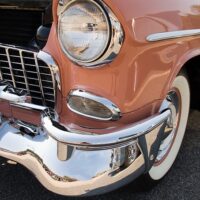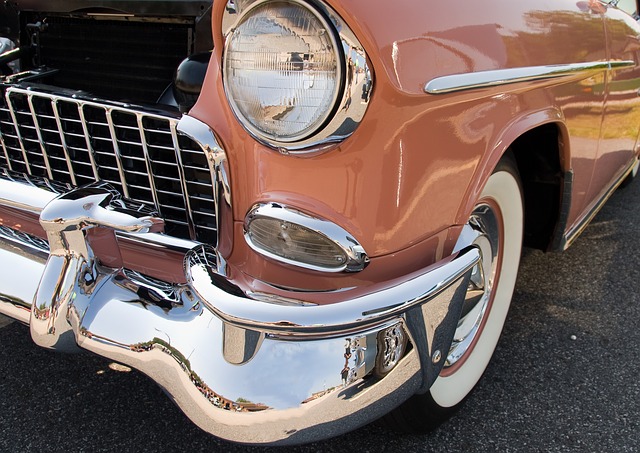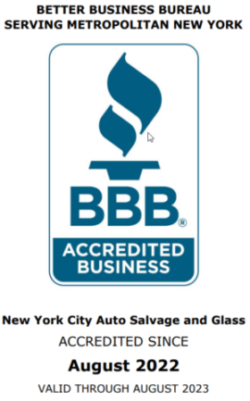Anyone who loves cars understands the dedication that goes into repainting and restoring a classic. There is so much involved in the process, from the hunt for auto parts to the registration of historic license plates when the project is finally complete.Salvage yards are full of junk cars that offer collectors and mechanics a prime opportunity to save money on auto repairs or restorations. Matching original paint is sometimes a difficult task and requires many attempts at mixing different options until a suitable match is found. Those with experience in the world of auto parts are no stranger to this challenge. Again, this is part of the fun of putting together a classic car restoration.
After an auto repair is complete, the paint can be properly destroyed or recycled. It is a good idea to keep some paint from a custom job around in case the need for a quick touch up arises. Junk parts can be repaired, sanded, and repainted for quick resale. Old, junk cars can be repainted to help amateurs get experience with auto repair and painting processes.
Serious collectors and mechanics do not want anything valuable to go to waste. And these types see value in everything. If those old colors cannot be reused on junk parts, they will find another way to make good use of it or have it properly recycled. Paints will also begin to harden or lose their luster over time and will not be usable on any major projects. Local recycling centers have specific days of the week that they will accept used paints and other potentially toxic liquids or semi-liquids. They will break down the materials to prevent accidental pollution of local water systems.





